Growth in Automotive Sector
The Magnetoresistance Sensor Market is significantly influenced by the automotive sector's expansion. With the automotive industry increasingly adopting advanced driver-assistance systems (ADAS) and electric vehicles (EVs), the demand for high-performance sensors is on the rise. Magnetoresistance sensors are utilized in various applications, including wheel speed detection, steering angle measurement, and battery management systems. Recent market analyses indicate that the automotive sector is expected to witness a growth rate of around 7% annually, which could lead to a substantial increase in the adoption of magnetoresistance sensors. This growth trajectory suggests that automotive manufacturers are likely to prioritize the integration of these sensors to enhance vehicle safety and efficiency, thereby driving the Magnetoresistance Sensor Market forward.
Emerging Applications in Healthcare
Emerging applications in healthcare are contributing to the growth of the Magnetoresistance Sensor Market. The healthcare sector is increasingly utilizing advanced sensing technologies for various applications, including medical imaging, diagnostics, and patient monitoring. Magnetoresistance sensors offer high precision and reliability, making them suitable for critical healthcare applications. Industry expert's suggest that the healthcare technology sector is projected to grow at a compound annual growth rate of approximately 9% in the coming years, which may lead to increased adoption of magnetoresistance sensors. This trend implies that healthcare providers are likely to invest in these sensors to improve patient outcomes and operational efficiency, thereby positively impacting the Magnetoresistance Sensor Market.
Rising Demand for Consumer Electronics
The Magnetoresistance Sensor Market is experiencing a notable surge in demand driven by the proliferation of consumer electronics. As devices such as smartphones, tablets, and wearables become increasingly sophisticated, the need for precise sensing technologies has escalated. Magnetoresistance sensors, known for their high sensitivity and accuracy, are integral in applications like motion detection and position sensing. Market data indicates that the consumer electronics sector is projected to grow at a compound annual growth rate of approximately 6% over the next few years, further propelling the demand for advanced sensor technologies. This trend suggests that manufacturers are likely to invest in magnetoresistance sensors to enhance product performance and user experience, thereby solidifying their position in the Magnetoresistance Sensor Market.
Increasing Focus on Industrial Automation
The Magnetoresistance Sensor Market is witnessing a significant boost due to the increasing focus on industrial automation. As industries strive for greater efficiency and productivity, the demand for precise and reliable sensing solutions has intensified. Magnetoresistance sensors are essential in applications such as position sensing, speed detection, and process control, making them invaluable in automated systems. Recent data suggests that the industrial automation market is expected to grow at a rate of around 8% annually, which could lead to a heightened demand for magnetoresistance sensors. This trend indicates that manufacturers are likely to prioritize the integration of these sensors into their automation solutions, thereby enhancing operational efficiency and driving growth in the Magnetoresistance Sensor Market.
Technological Advancements in Sensor Design
Technological advancements in sensor design are playing a pivotal role in shaping the Magnetoresistance Sensor Market. Innovations such as miniaturization, improved sensitivity, and enhanced signal processing capabilities are making magnetoresistance sensors more appealing for a variety of applications. These advancements enable the sensors to operate effectively in challenging environments, which is particularly beneficial for industrial automation and robotics. Industry expert's indicates that the sensor technology sector is evolving rapidly, with a projected growth rate of approximately 5% over the next few years. This evolution suggests that companies investing in research and development of magnetoresistance sensors are likely to gain a competitive edge, thereby influencing the overall dynamics of the Magnetoresistance Sensor Market.
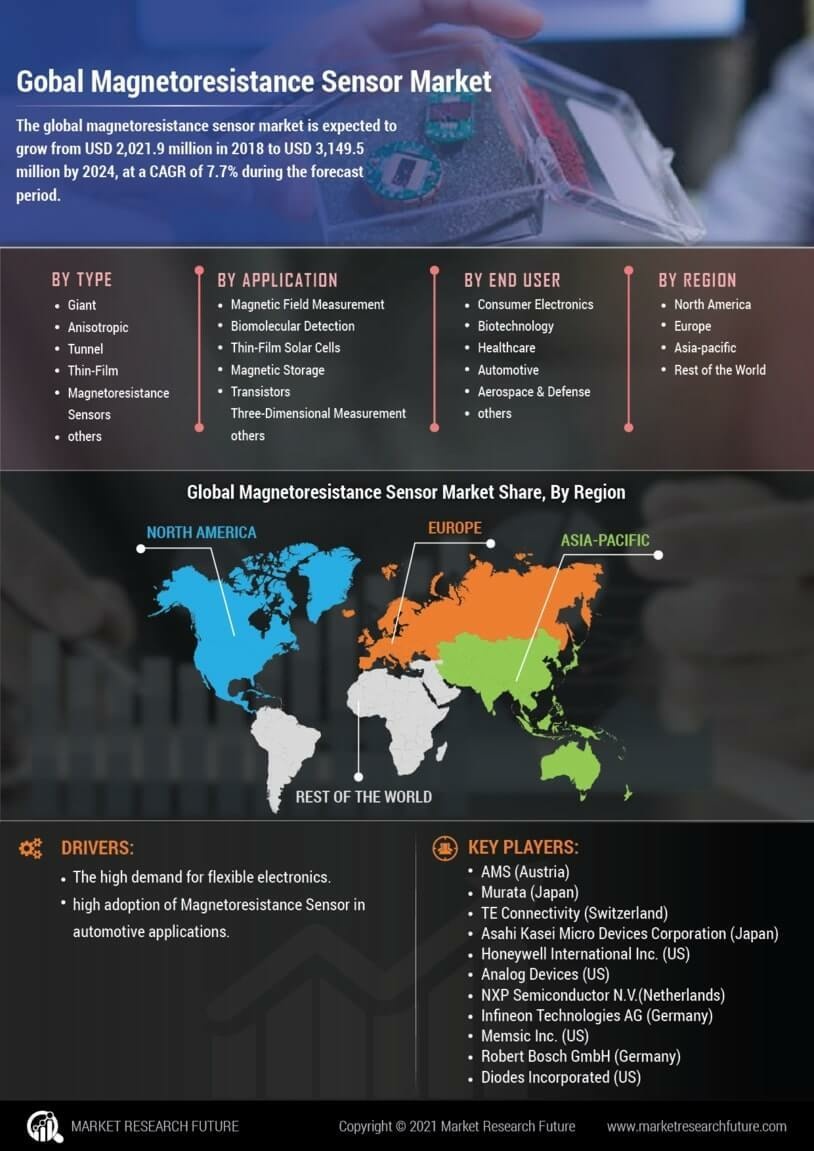
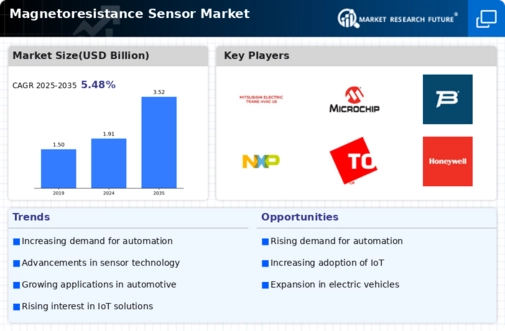
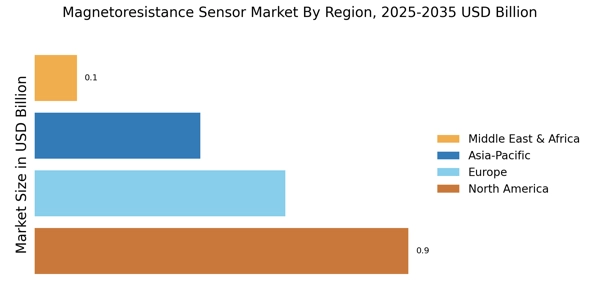
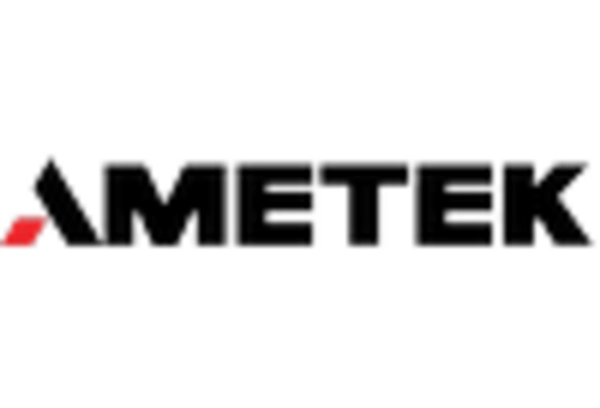
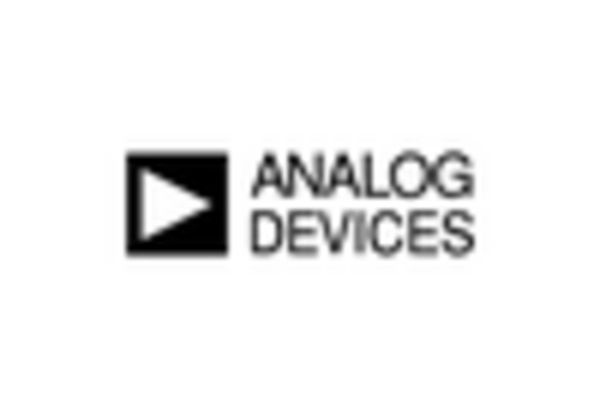


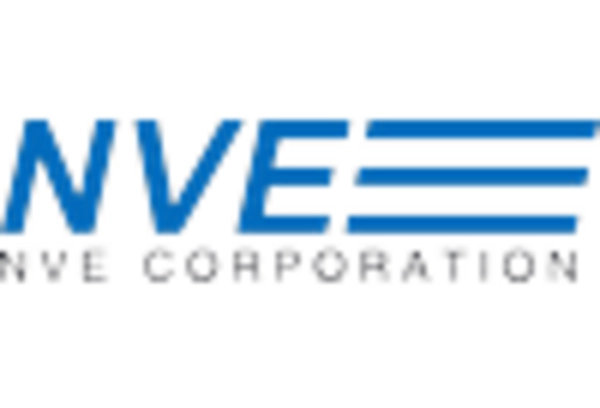









Leave a Comment